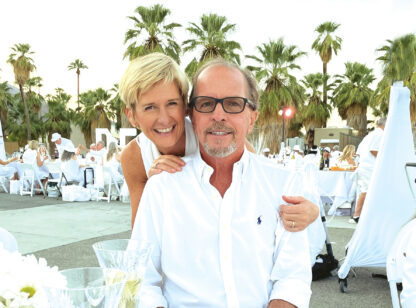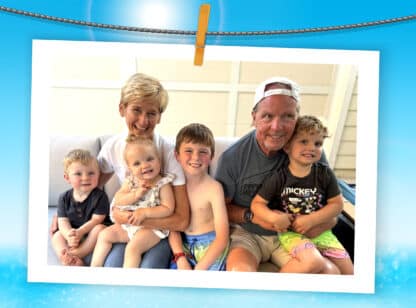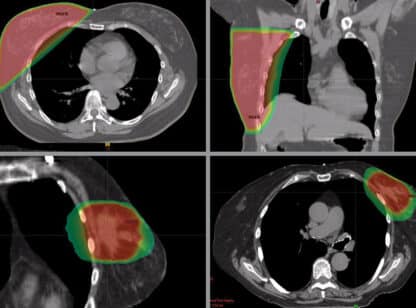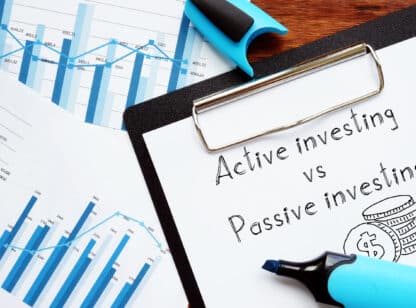This summer I cycled 100 miles in the northern California countryside for an organization called “Best Buddies,” which raises funds for individuals with mental disabilities. This year, the event provided critical thinking related to goals, motivations and how each of us sees the finish line – not only on the bike, but in any physical endeavor.
At the onset of the ride, I merged into a peloton of cyclists which included one tandem cyclist team. A father was pulling his teenage son with Down’s syndrome who sat in a rickshaw attached to his father’s bike. My first thought was that this father decided to kick start the ride but would taper off and conclude the ride early, as the distance was too far to ride pulling another. This was not the case. That evening at the award reception, the father was acknowledged onstage for pulling his son the entire 100 miles, with 6,106ft elevation gain. The ride remains one of the hardest days on the bike I have ever experienced.
For weeks after, I wondered how this father accomplished this difficult challenge. I pondered the differences each of us possesses while focusing attention on the completion of a physical task. We have the choice to frame an experience as something too difficult and unattainable or something that we can undertake and persevere. A certain amount of physical conditioning is necessary, yet the mental programming plays the starring role in one’s ability to meet goals. I heard volunteers, who were handing out waters at rest stops, making comments such as, “I don’t think I could ride my bike 20 miles let alone 100!”
The biggest lesson from this experience was learning later about studies and experimental motivational findings. Our mindset and our psychological experience work in tandem, changing how we see the world around us. We can actually picture in our mind the finish line as being closer than another person might see it. This can be achieved by visualization techniques that hone in on the finish so precisely that we see nothing else. Individuals in studies related to this technique, which requires a steadfast focus on the moment, viewed the finish line as 30 percent closer than people who got distracted and looked around. The studies revealed not only that the finish line seemed closer but with this laser beam focus, exercise was 17 percent more enjoyable and participants moved 23 percent faster.
The father who had pulled his son clearly had an unwavering spirit, mission and vision. He had a steadfast purpose not only to cross the finish line himself but, more importantly, to allow his son to experience this thrill.
If each one of us can harness a resolute goal with similar perseverance, anything is possible. Working on our wellness goals requires mental programming that is paramount to our physical state. We must focus daily on exercise and nutrition, realizing that this is only half of the equation. If the proper mental mindset is harnessed, we have ultimate hope to reach the finish line and beyond.




















































Comments (0)